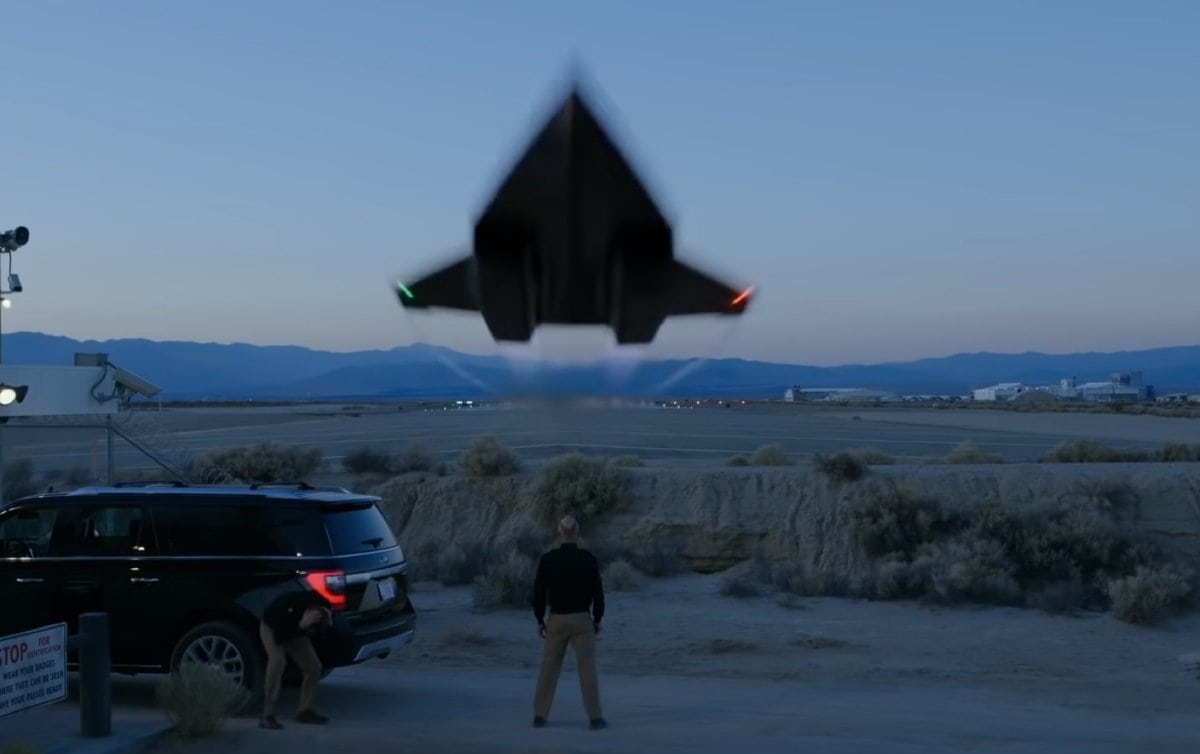Despite developing multiple military aircraft that were able to reach speeds that are unrivaled even today, the United States never developed a commercial supersonic plane. Two state-sponsored projects were selected – including one from airline giant Boeing while another came from defense contractor Lockheed. Yet, neither of “America’s Concorde” aircraft (as they became known) ever flew.
The joint British/French-developed Concorde was retired in October 2003, and for eighteen years there has been little effort in developing another supersonic aircraft apart from those for purely military applications. Until now, perhaps, if media reporting it accurate.
Supersonic Move Over
Now it seems China has picked up the mantle and according to a report from the South China Morning Post this week, the new aircraft won’t be just supersonic but rather hypersonic. The aircraft, which was described to be larger than a Boeing 737-700 – at 45 meters it would be a third longer than the Boeing airliner – was developed as part of a study by Chinese scientists working on the nation’s moon and Mars missions.
In addition to being able to fly at super-high speeds, the aircraft features a design that includes a pair of delta wings similar to those on the Concorde, “but with tips pointing up,” the SCMP report noted, adding, “such a complex design can bring multiple aerodynamic challenges when the aircraft goes hypersonic, or feaster than five times the speed of sound.”
China has set a goal to complete its experiments to verify all the key components of hypersonic flight, including a new generation of air-breathing engines that could propel the aircraft to rocket speed by 2025. By the mid-2030s, China aims to be capable of operating a fleet of such hypersonic aircraft, which would reach anywhere on Earth within an hour.
At first, the passenger side would be in a word, limited – with just ten or so individuals being able to take the hour-long flight. However, by 2045, the Chinese hope to have hypersonic aircraft that could accommodate at least 100 passengers per flight.
Cheaper Alternative to Rockets
The ability to jet around the world on a hypersonic aircraft likely won’t come cheap, and operational costs had remained one of the Concorde’s greatest challenges. However, it has been noted that hypersonic aircraft could be able to draw oxygen from the air, and could thus operate at 100th the cost of rockets. At the same time, the technology could enable 10,000 tonnes of cargo and 10,000 or more passengers to move around the world or to space stations in near-Earth orbit or even to the moon.
A Hypersonic Passneger Jet Race?
Just as there is a race to develop hypersonic weapons, so too are there multiple efforts to develop hypersonic airliners. There is a 300-passenger Stratofly MR3, which was being developed by a European consortium that included the German Aerospace Center, the French Aerospace Lab, and eight other universities and research organizations. The goal of the project is to develop an aircraft that could hit speeds upwards of 5,400 miles per hour, traveling from Los Angeles to Tokyo in under two hours. Likewise, Boeing has reportedly been developing its own airline that could reach Mach 5, the low end of the realm for hypersonic speed.
While these have the potential to be fast, don’t expect them to be ready for takeoff or liftoff any time soon.
Peter Suciu is a Michigan-based writer who has contributed to more than four dozen magazines, newspapers and websites. He regularly writes about military small arms, and is the author of several books on military headgear including A Gallery of Military Headdress, which is available on Amazon.com.
Image: Possible SR-72 from a screenshot of the new Top Gun Movie trailer.

